Why can't an anime be 100% faithful to its original work?
When the anime adaptation of our favorite manga or our favorite light novel is announced, it is normal to feel excited. There is no better feeling than knowing that soon we will be able to see those scenes that moved us so much, fully animated. And better yet, accompanied by their respective soundtrack and what is expected to be an excellent seiyuus work. The hype is impressive, until… as if it were a curse, examples of terrible adaptations come to mind. Excitement begins to cloud over with worry: "What if they screw up the reason why I love this show?"
It is clear that the fear is not unfounded, over the years we have witnessed all kinds of adaptations. From those that have been bad, to those that have been very bad and let's not leave out those that were terrible. But all is not lost, because in the midst of all that vortex of negativity, some jewels shine. I mean those stories that managed to be a complete success when transformed into anime. In the midst of it all we remember, that in fact, good adaptations do exist. That despite the myths, if there are stories faithful to their original.

But let's not dwell on this, the reason for this article is to list the reasons behind the separation between the anime and the source material. Of course, among these reasons I could cite some examples of bad and good adaptations. But the main thing is to review the reasons why an animated adaptation does not become completely faithful to the original.
The essence of being an adaptation
From the beginning it is necessary to clarify that turning a manga or light novel into an anime is done under the pretense of being an adaptation. But what does this mean? According to the dictionary, an adaptation is the set of changes that are made in a literary, musical, etc. work, to assign it to a different medium from the one for which it was created. In other words, it is molding the original work to fit its new surroundings. The mere inclusion of the word "adaptation" already tells us about changes within the original material. Going from one format to another is not easy and there are many considerations to take into account. Below I will detail some of these considerations and how they have affected some of his works.
It's no the same, but it's equal
There is no point in seeing the same thing, if it turns out to be just a carbon copy of the original. Anime and manga should be a unit that complements each other. Just as there are actions that a manga cannot fully capture, the anime also has its weak points that will be compensated by reading the manga or light novel. There is a huge difference between being faithful and being a copy. And realistically it is impossible for everyone to invest in two different things that turn out to be the same.
In terms of economy, it is more feasible to think that the consumer will be more willing to pay for two different items than two of the same. I do not deny that there will be people who would, but not everyone thinks the same way. Economically it does not sound profitable, especially for the author of the original work. Well, assuming that anime and manga are the same, in everything, those who approached the work through anime would not buy the original material because everything is already included in the animation. There would be nothing that would drive him to approach the original since everything has already been told to him, without skipping anything.
When we think about it like that, a work 100% faithful to its original doesn't sound so attractive anymore. In the end, that would only be a copy and those who already know the story from the original would not find anything that surprises them or takes them out of their comfort zone. That is why it is necessary that there be changes and omissions, otherwise it is a waste of paper and animation. If so, the only thing we would have is an insult to the consumer, selling the same product only summarized.

The creative team has its pride
We already talked about how to insult the consumer, now let's see how to insult a creative team. Because let's be honest it would be a complete insult to hire a director for the sole purpose of editing images, because the rest is already done. Where is the artistic side of the director then? These are two different forms of expression, they are two different entities with different points of view. If so, your position is relegated to a simple title. And the same thing would happen with the character designer, it would have nothing to design because it should only be a copy and paste.
And even if it were the same author who is in charge of directing the animated project, it would be an insult to say to him: “Do the same”. Even as the creator of the play, he would like to take the opportunity to retell the story only from a different perspective. Address variants that you may have missed before or delve into the story from another angle. An artist would not be limited to just working like a machine, producing the same thing. A true artist cannot be tied down like that. The essence of a true artist is change, innovation and originality.
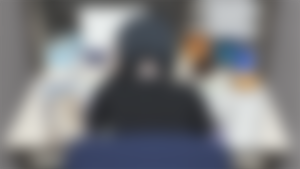
We can appreciate that pride is also a strong reason for changes in a work. Although it is not a very acceptable reason because if we put the wishes of a study before those of the author, it can lead to terrible results. There we have the example of Fruits Basket, whose animated adaptation is hated by its mangaka and consequently has refused to give the green light to new adaptations. But as a good counterexample, we have Shingeki no Kyojin. Whose author is closely related to the animated adaptation, managing to improve not only the design of his characters, but also the story that unfolds.

When censorship Attack
Another important factor in changing a story, perhaps the most important, is censorship. Not all topics can be discussed openly when planning a national hearing. In manga it is common for there to be stories with themes that we could consider "inappropriate" for all ages. And it is possible to make use of these themes since the posts are limited to certain demographics. In a certain way we could say that there is control over who can access these stories. Hence, each manga has a classification, such as Shonen, Shōjo, Seinen, Josei, etc., thus revealing the audience it is aimed at.
Censorship becomes inescapable when the story unfolds through "politically incorrect" themes. Mainly on issues like homosexuality, sex, drugs, racism, and even natural disasters. If these issues appear, you must find a way to "make up" them or disappear them completely. Thus managing to alter the original story and detach from it. Sometimes they are small changes, like not including a character. This happened with Hetalia, where the South Korean character was removed from the anime for being found inappropriate by the Koreans themselves.
Let's also think about the issue of homosexuality, which has an invisible rule. Which dictates that a girl x girl couple should only appear in Yuri anime, the same for a boy x boy, should be limited to Yaoi. It's okay to play around with bromance and excess skinship, but never go beyond that. But there is an anime that dared to reveal itself. Sailor Moon had no problem showing a lesbian relationship between Sailor Uranus and Sailor Neptune. Although considering the time it came out and how progressive the idea was, it suffered from a lot of censorship around the world.

We're out of history...
Another reason why an anime departs from its original work is because it is not finished yet. The production of an anime is relatively fast, compared to that of manga. So there are many cases where the anime catches up to its original work very quickly. Given this, what remains is: give it an original ending, leave the plot open or begin to fill. In the first case, there is not much to say, it is obvious that it detaches from its original. Although it could keep the essence of its mother story, as is the case with Inari Konkon Koi Iroha.
The most frustrating case is when they leave an open ending giving hope to a sequel and it never comes, Btoom! for example. The one that becomes more exasperating is the stuffing. These are reserved for series that are so successful that they cannot pause them, so they choose to give their author time to advance the story. The best way to save time is by embedding invented bows. If we talk about fillers, it is easy to name Naruto, a well-known anime full of these invented arcs. But Sailor Moon is not safe either, this series had an entire season invented to give Naoko time to advance her story.
Not having the finished work can complicate the work of adapting the anime. And even with this, there are few cases where a studio takes a risk with a finished manga. What is normal because popularity is what determines these decisions. Usually it's the series that are on the air that are popular. But adapting a finished story also includes changes. MAPPA demonstrates this with its recent acquisition Banana Fish, where it says goodbye to the 80's and brings history to the present day.
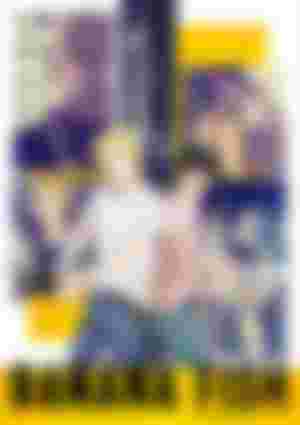
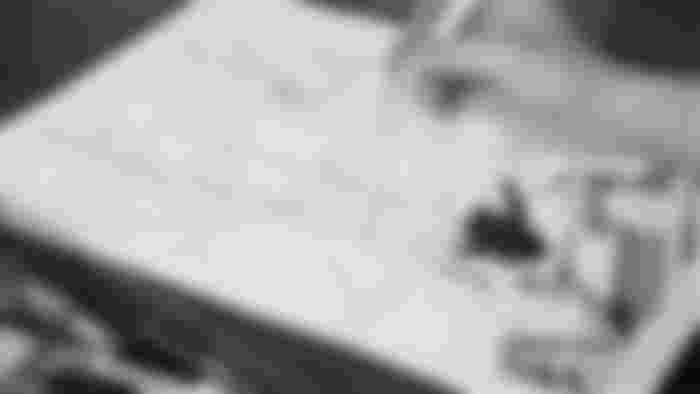
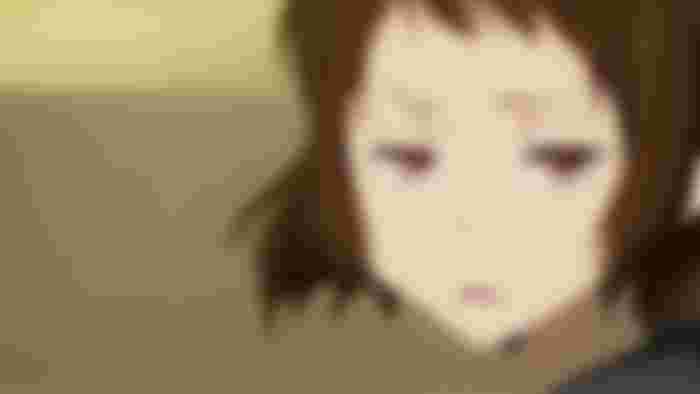
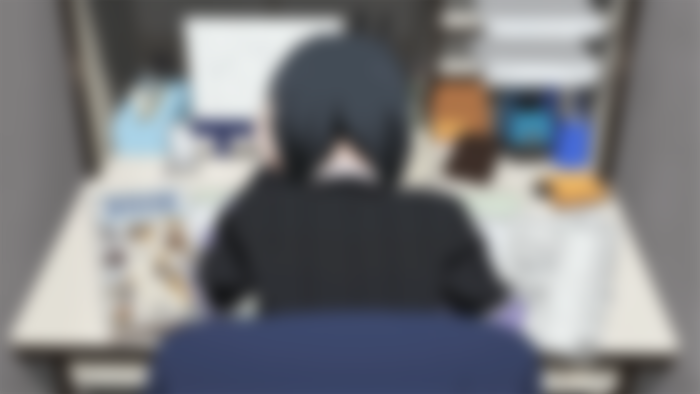



I don't think it's only in animes that it's being done, but clearly there are reasons why.